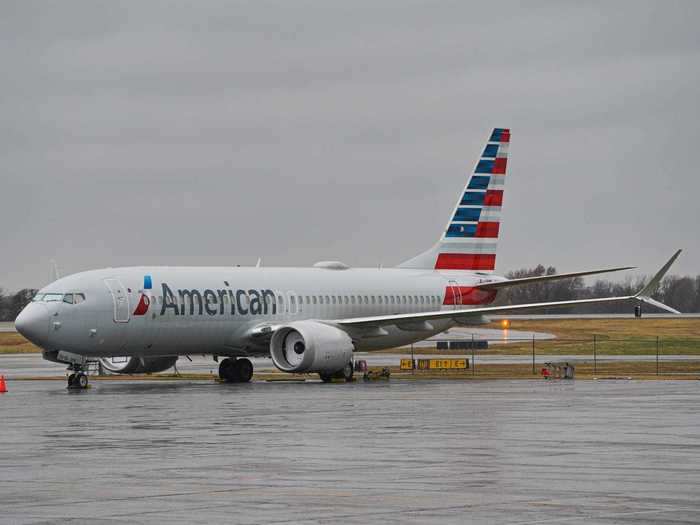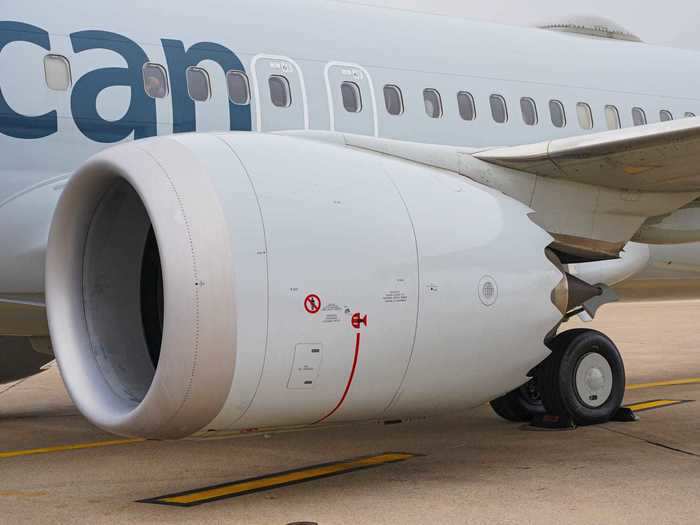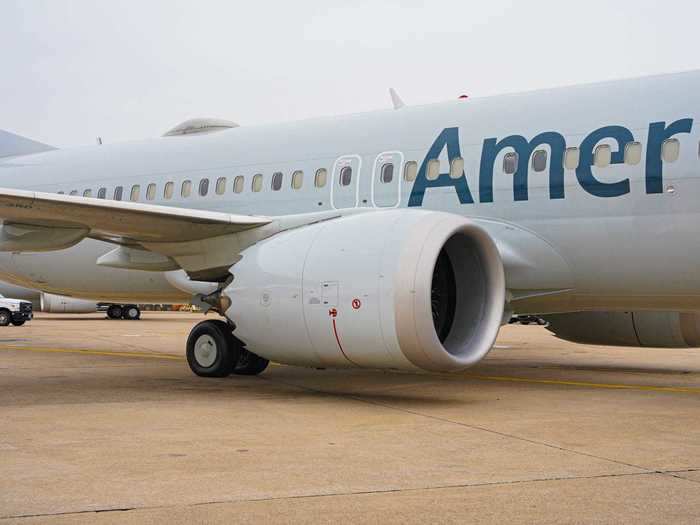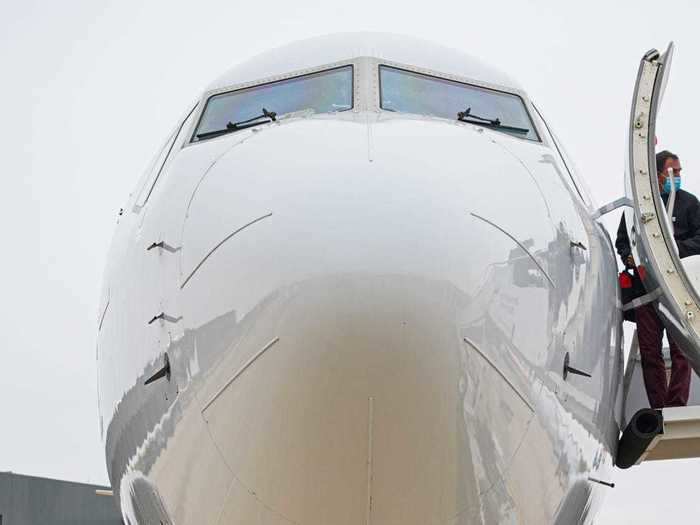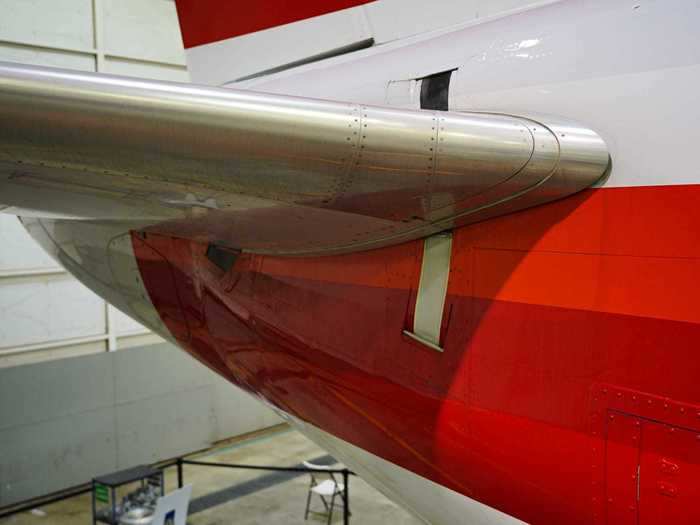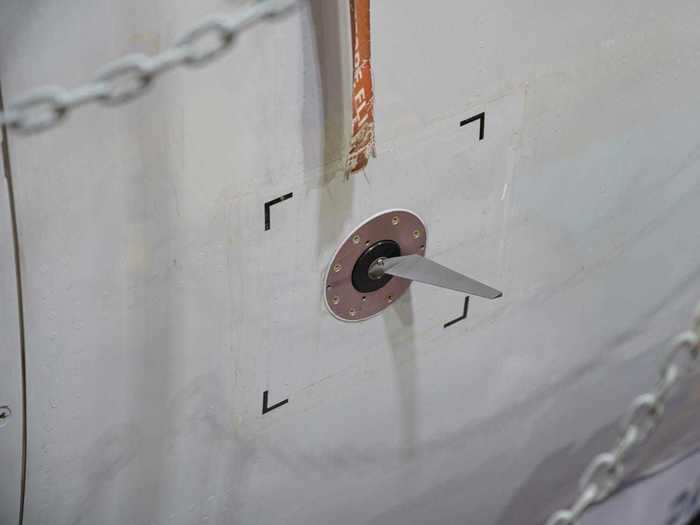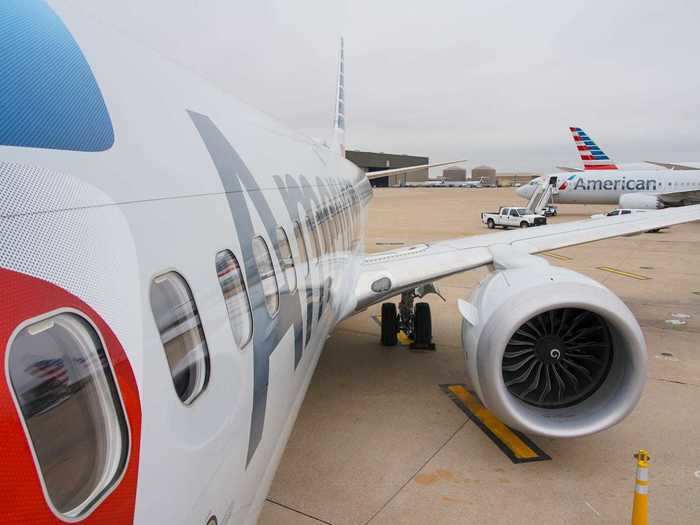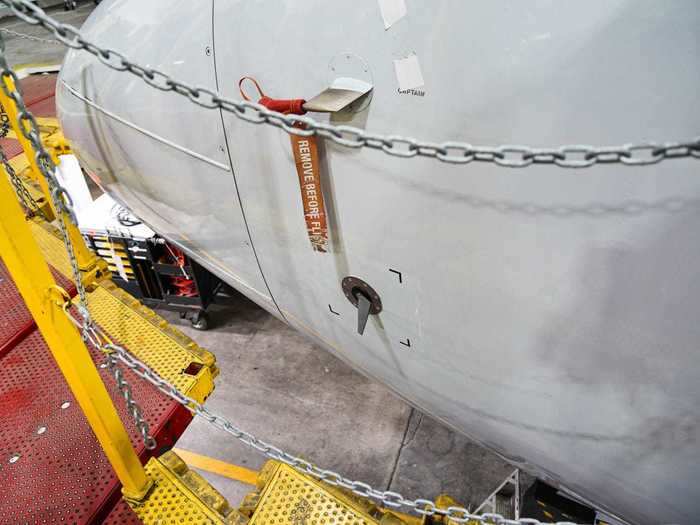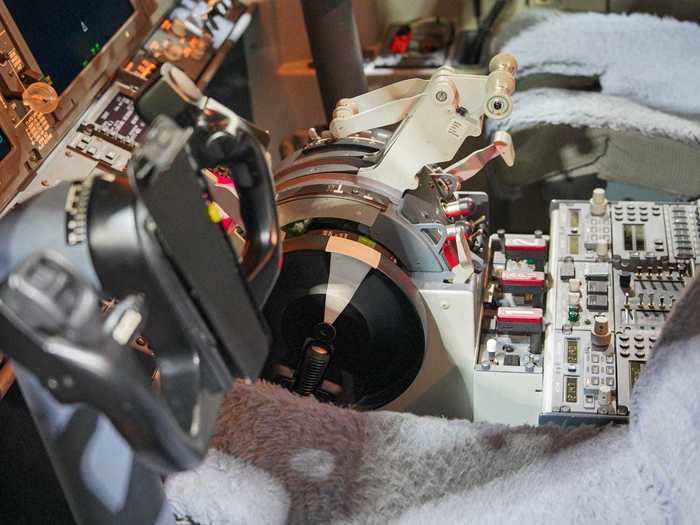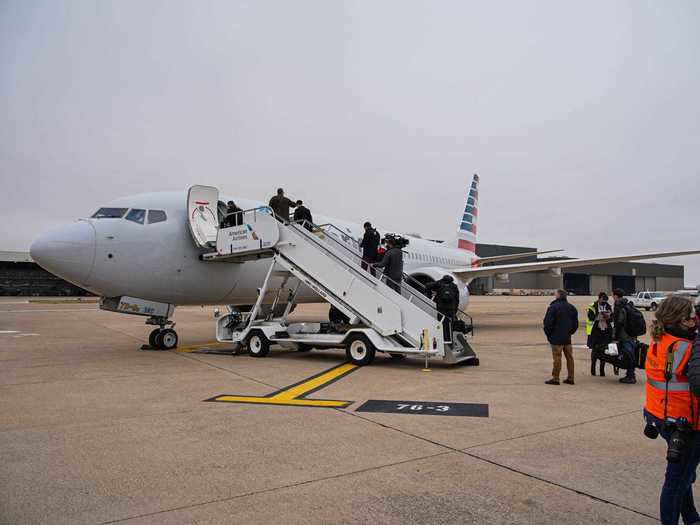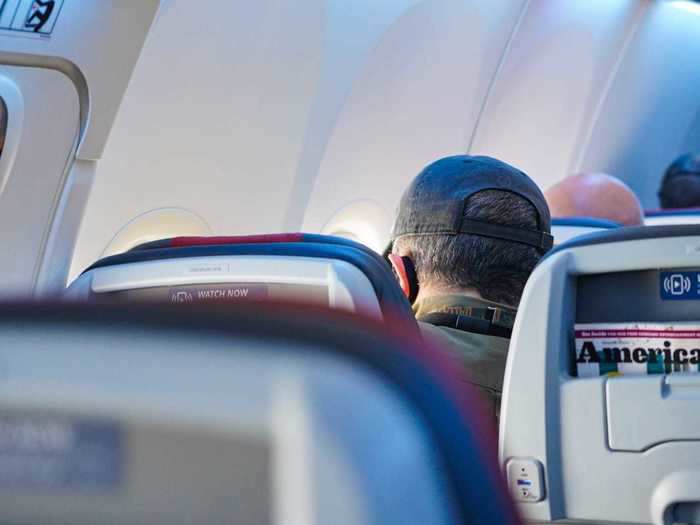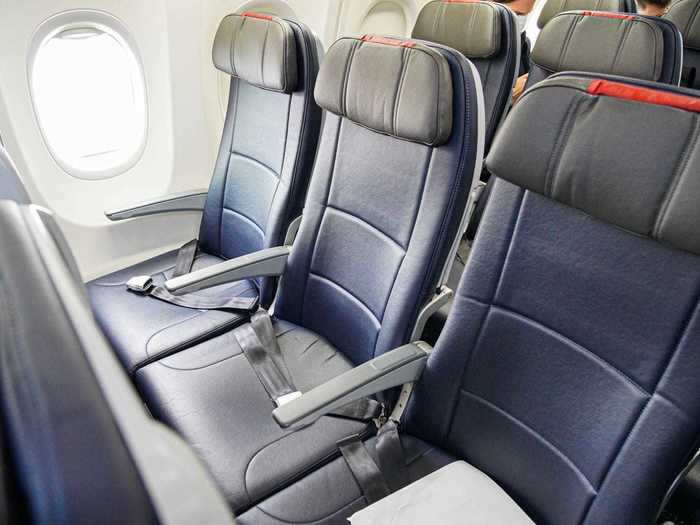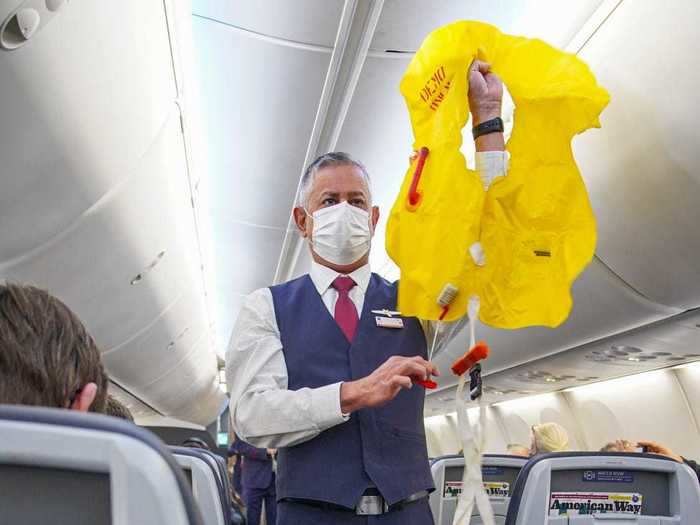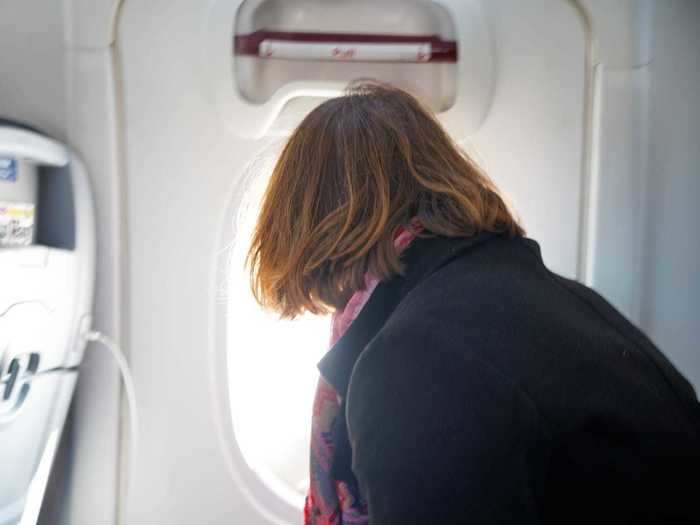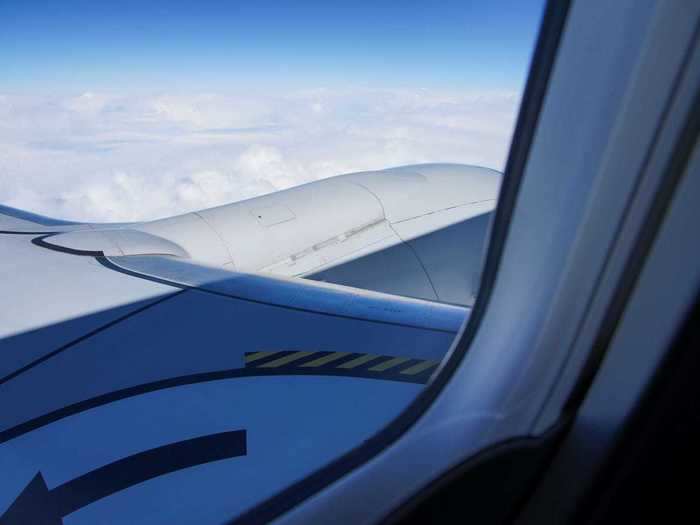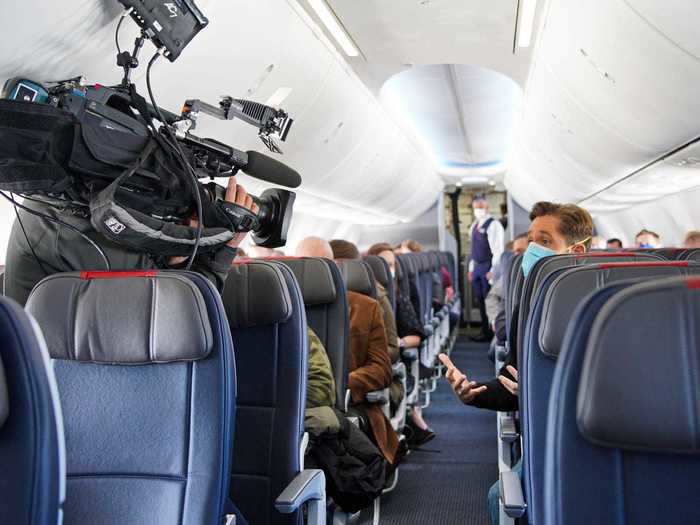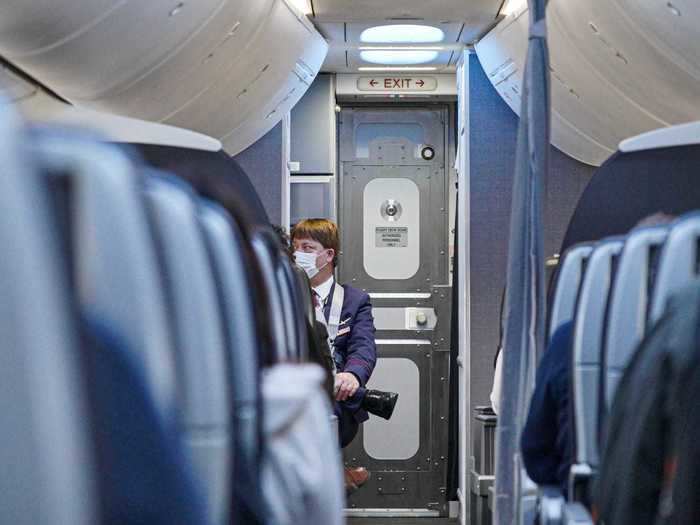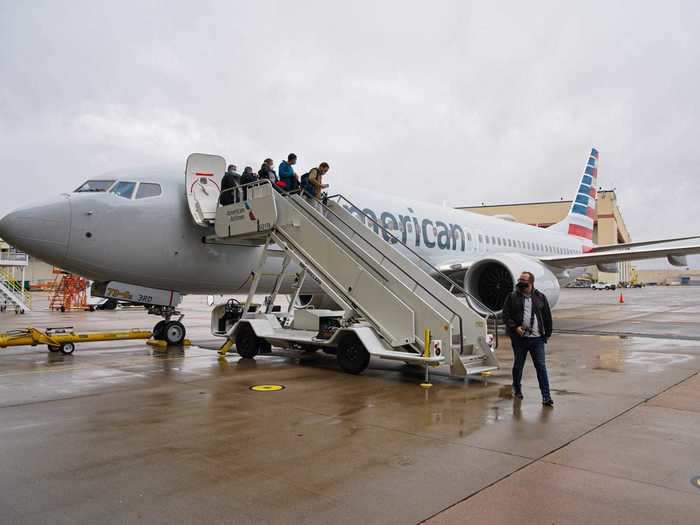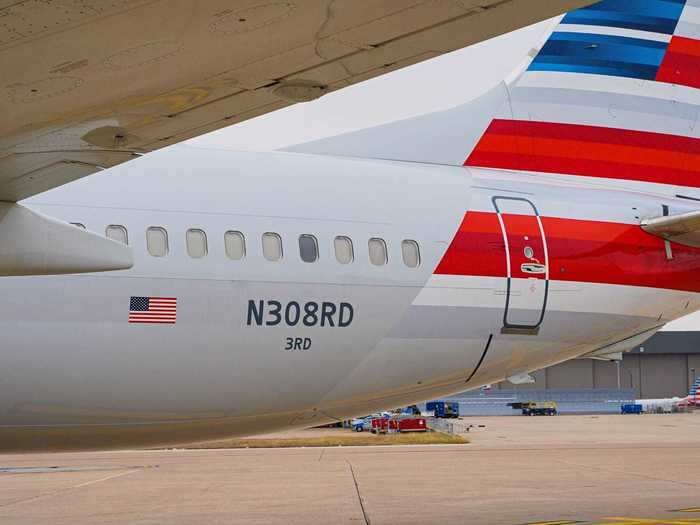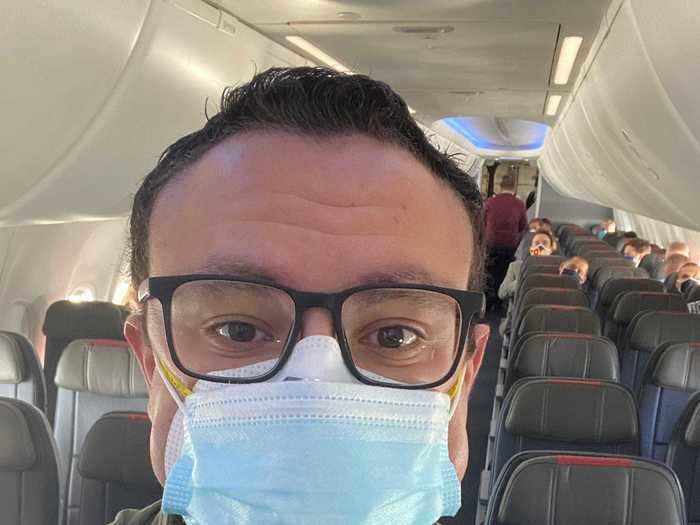David Slotnick/Business Insider
- I just flew on the first Boeing 737 Max passenger flight since the plane was grounded in March, 2019, following two fatal crashes.
- American Airlines operated the demonstration flight a few weeks before it reintroduces the Max to regular customer service.
- I felt confident that the flaws which contributed to the crashes have been fixed — but traveling during the pandemic left me less reassured than I expected.
In March, 2019, the Boeing 737 Max was grounded worldwide after the second of two fatal crashes caused by a flaw in the airplane. A total of 346 people were killed.
Today, I climbed aboard the plane for its first passenger flight in almost two years.
After 20 months of inspections, deliberations, hearings, redesigns, lawsuits, and debates, the Federal Aviation Administration cleared the 737 Max to return to service, issuing an Airworthiness Directive to that effect in late November.
For the first year of the grounding, airlines eagerly awaited the plane's return, adjusting schedules, canceling flights, and losing money each month the plane was on the ground.
Then the COVID-19 pandemic struck.
Suddenly, airlines were forced to ground huge portions of their fleets as travel demand fell to record-breaking lows nearly overnight.
Although some demand has returned — particularly around Thanksgiving — travel remains down more than 65% compared to 2019 levels, and new, dramatic spikes in coronavirus cases nationwide make it likely that the modest recovery will stall, as it did around spikes in early summer.
With that in mind, most airlines are in no hurry to pull the Max from storage. United plans to return it to service sometime in the first quarter of 2021. Southwest, the biggest Max customer, will wait until the second quarter.
American Airlines is taking a different approach.
The airline plans to bring the Max back into passenger service before the end of the year — it's currently scheduled to fly between Miami and New York's LaGuardia on December 29.
Chief Operating Officer David Seymour said that the airline was eager to bring the plane back thanks to its improved fuel efficiency over other models, despite prices for jet fuel being near historic lows.
Erik Olund, managing director at the airline's Tulsa, Oklahoma 737 maintenance base — where most of its Max planes have been kept in storage — hinted at another possible reason. The airline's maintenance workers have spent more than 64,000 man-hours maintaining the planes while they are in storage, a costly enterprise.
As part of the return to service, the airline plans to invite some passengers to tour the plane, with pilots and other employees describing the changes that Boeing made to repair the safety hazards that contributed to the crashes.
American also invited several journalists onto a Max demo flight, as well as a briefing and walkthrough of changes at its Tulsa maintenance base.
Despite the approval from the FAA and from other national aviation regulators, including in Europe and Brazil, family members of crash victims remain deeply suspicious of the plane, and characterized American's media event as a PR stunt.
"The promotional flight was arranged by the American Airlines marketing team simply because the company made the mistake of buying more Max aircraft than almost any other airline," Michael Stumo, whose 24-year-old daughter Samya was killed in the crash of Ethiopian Airlines flight 302, said in a statement. "Passengers should avoid this aircraft because others are safer."
Nevertheless, the plane is set to return to the skies, and both Boeing and its airline customers are eager to restore passenger confidence in the jet after two years of damning headlines.
I've previously written that, despite the various complex problems and flaws that contributed to the two Max crashes, I would be comfortable flying on the plane when it returned to service. I decided to take advantage of the opportunity to put my money where my mouth is, although I was nervous about traveling as the pandemic seems poised to explode even further out of control in the US: This was my first flight on a plane since much of the country went into lockdown this spring.
Still, this appeared to be the first Max flight with passengers since the grounding (aside from employees of airlines, Boeing, or the FAA), although it was not a commercial revenue flight open to the general public. That's newsworthy, and I decided to make the trip anyway, relying on PPE and an abundance of caution to try to minimize the COVID-19 risk.
Here's what I thought after the first passenger flight.
The 737 Max is the latest generation of Boeing's workhorse 737 series.
David Slotnick/Business Insider
The main difference between it and the previous model is that the plane has bigger, more fuel-efficient engines.
David Slotnick/Business Insider
Boeing had to mount the larger engine farther forward and higher on the wing than on the previous generation, changing the aerodynamic qualities of the entire plane.
David Slotnick/Business Insider
Boeing designed a software program to to compensate for the fact that the engine size and placement could make the plane's nose drift up compared to the older generation. The flight control software, which was meant to only activate in certain circumstances, was called MCAS — the Maneuvering Characteristics Augmentation System.
David Slotnick/Business Insider
MCAS would take control of the trim stabilization on the plane's tail, changing its angle to compensate for the jet's nose drifting upward.
David Slotnick/Business Insider
In both crashes, MCAS appeared to have activated erroneously after one of each plane's angle of attack sensors became damaged.
David Slotnick/Business Insider
Part of what may have contributed to the crashes was that Boeing failed to highlight MCAS in the pilot manual for the plane, simply describing certain actions that could be taken to disable it if the plane experienced unusual behavior.
David Slotnick/Business Insider
As part of the return to service, Boeing redesigned MCAS to rely on a second angle of attack sensor, so that if one becomes damaged and gives a faulty reading, the program will not activate. The FAA, other regulatory bodies, and Boeing also devised a series of pilot training requirements which pertain to MCAS, its effects, and situations that could cause it to kick in.
David Slotnick/Business Insider
I'm personally confident that they've gotten it right this time, partly because of the unprecedented scrutiny on the recertification process. With input from other global regulators and independent assessments, and the pressure to avoid even the appearance of impropriety, I do not think the plane could possibly be returned to service without the faults fully addressed.
David Slotnick/Business Insider
Notably, airlines have stressed that they will only bring the Max back to service when their pilots are confident in it. At American's presentation, several pilots who represented their union during Max return planning said that they were satisfied with the updates and new requirements.
David Slotnick/Business Insider
And that's why I was willing to step aboard a Max today.
David Slotnick/Business Insider
Aside from the knowledge that we were the first passengers on the jet since the grounding, the flight was totally unremarkable.
David Slotnick/Business Insider
The interior of the plane was identical to the previous generation 737-800 I had flown the night before.
David Slotnick/Business Insider
The safety demonstration was the same, as was the location of the emergency exits — in fact, the Max uses the same seat-back safety card as the previous generation.
David Slotnick/Business Insider
There were only two real differences between this and a normal commercial flight on an older generation 737.
David Slotnick/Business Insider
First, the bigger, more efficient engines were noticeably quieter.
David Slotnick/Business Insider
Second, a lot of the passengers were taking photos or filming TV segments — definitely a departure from the norm.
David Slotnick/Business Insider
After about an hour in the air, we began our descent into Tulsa. The flight attendants took their seats and chatted with each other, just like normal, and we all put away our laptops and cameras.
David Slotnick/Business Insider
The flight landed with a sense of anticlimax, and our return flight was just as unremarkable.
David Slotnick/Business Insider
I would not hesitate to fly the Max again, but I doubt you'll find me on one anytime soon. Despite a variety of safety measures that US airlines are taking during the pandemic, being on commercial flights, spending the night in a hotel, and being around other people felt unnecessarily risky as the pandemic continues to rage uncontrolled.
David Slotnick/Business Insider
While American's flight attendants did a good job of enforcing mask during my flights to and from DFW — and some evidence suggests flying itself is relatively safe — I found the number of maskless people at the hotel and in the airport to be jarring. Especially on the day that US set a new record for COVID-19 hospitalizations, surpassing 100,000 for the first time.
David Slotnick/Business Insider
Ultimately, the pandemic served to underscore my comfort flying on the 737 Max. Although I was on a plane that had been involved in two deadly crashes as a result of design and certification flaws, that was the least risky aspect of the trip. Now, I'm headed for at least a week of quarantine and a COVID test, and hoping that I stay healthy.
David Slotnick/Business Insider

